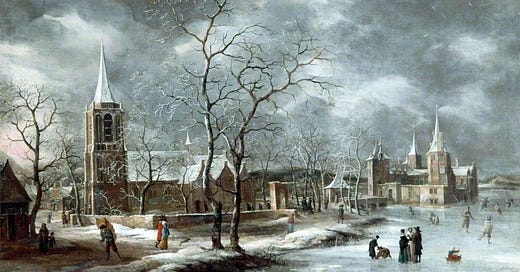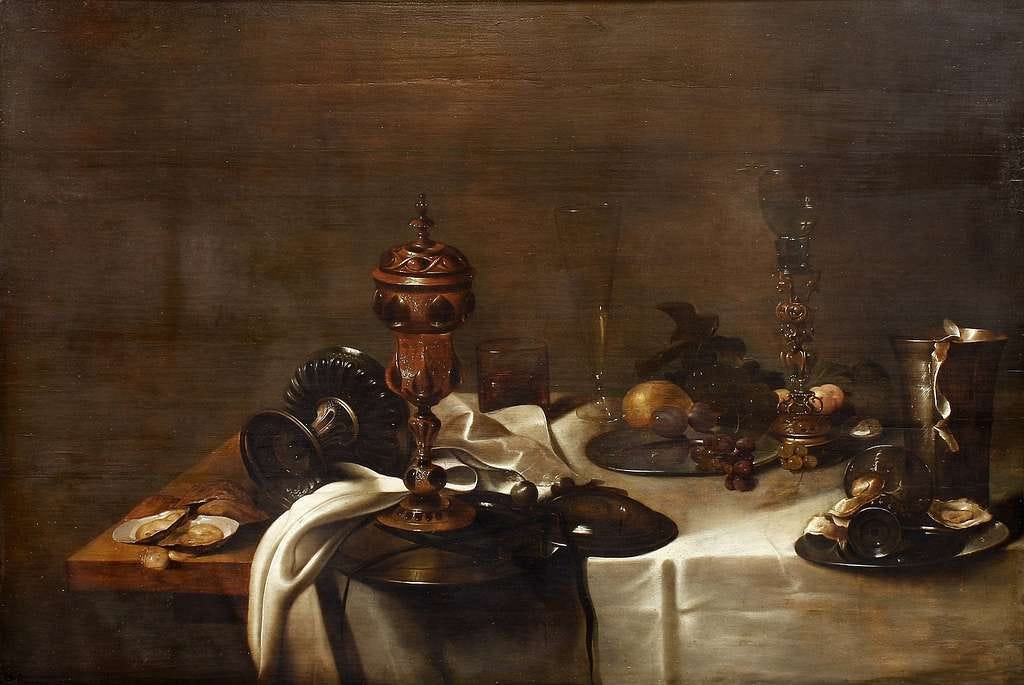Welcome to the sixth issue of Reality Check! This is a newsletter filled with essays, paintings, poems and other media that I find interesting or edifying. Enjoy!
One must have a mind of winter To regard the frost and the boughs Of the pine-trees crusted with snow; And have been cold a long time To behold the junipers shagged with ice, The spruces rough in the distant glitter Of the January sun; and not to think Of any misery in the sound of the wind, In the sound of a few leaves, Which is the sound of the land Full of the same wind That is blowing in the same bare place For the listener, who listens in the snow, And, nothing himself, beholds Nothing that is not there and the nothing that is. - Wallace Stevens, The Snow Man (1921)
God's Hiddenness
I recently wrote an essay for a class on John Milton (the guy who wrote Paradise Lost). In line 26 of the first book of Paradise Lost, Milton states his purpose in writing this massive and influencial work: to “justifie the wayes of God to men”. Any text that seeks to vindicate God’s goodness in the face of evil …
Lamia
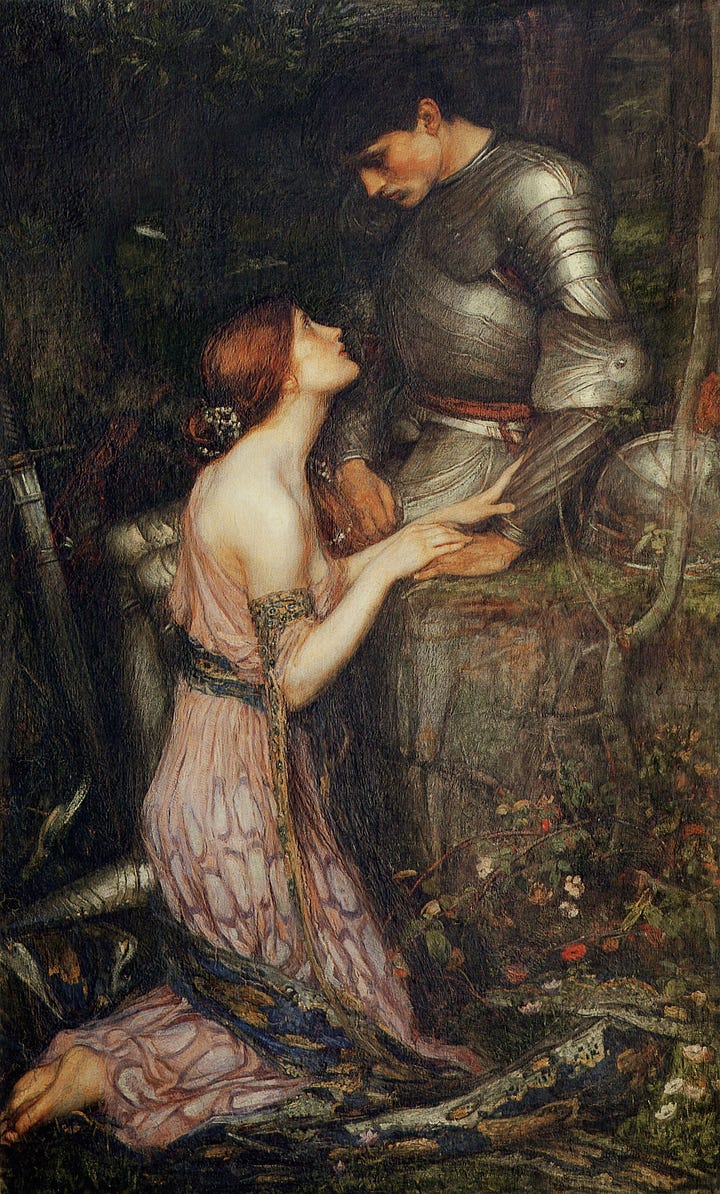
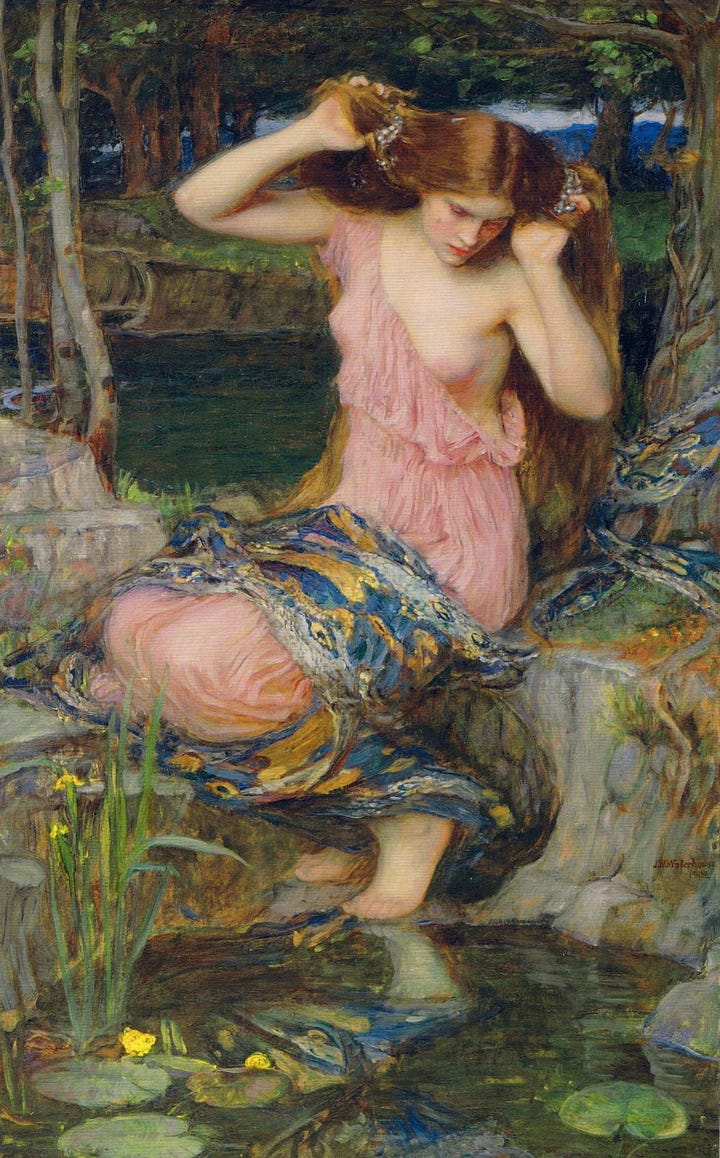
European culture - and more specifically, European art - is inseparable from the influences of classical antiquity. However, when someone refers to a work of art as being “neoclassical”, this can mean two different things. Art, including prose, verse, visual art such as oil painting, and others, can be neoclassical in form or neoclassical in content. Art that is neoclassical in content will include subjects that are typically associated with ancient Greece and Rome, such as mythological characters like Minerva or Prometheus. Many prominent art movements incorporate these classical subjects, such as Renaissance, Academic and more recently, Art Deco. On the other hand, art that is neoclassical in form emphasizes simplicity, symmetry, and rationality (this intellectual quality of neoclassicism is in direct opposition to the emotional quality of Romantic art). This distinction between form and content reveals that neoclassicism is not a mutually exclusive category; one work of art may use simplicity and symmetry to depict a modern railroad worker, while another work may depict a classical subject such as the Prometheus in an elaborate and ornamented style. One such work that is neoclassical in content but not in form is Keat’s poem Lamia. John Keats is, perhaps, the foremost romantic poet of the 19th century, and Lamia certainly falls into this romantic style. However, the content is decidedly classical. A ‘lamia’ is a serpentine, child-eating monster from Greek mythology that would disguise itself as a beautiful woman. Indeed, in Keat’s poem, one such lamia almost succeeds in marrying a young Corinthian man. Although Keats was not well-known during his lifetime, his works have become enormously influential. One such artist that was inspired by Keats’ work was English painter John William Waterhouse. In 1905 and 1909, Waterhouse produced two oil paintings based on Keats’ Lamia. Both of these paintings portray the lamia as the Corinthian man would have seen it, with the monster-like qualities barely detectable; the snakeskin fabric serves as the only hint of danger. Both Keats in his poem, and Waterhouse in his paintings, allure us with the beauty and humanness of the monster, perhaps to teach us that beauty is sometimes deceiving, and that acting on our initial impressions can betray us if not properly considered.
MythoAmerica
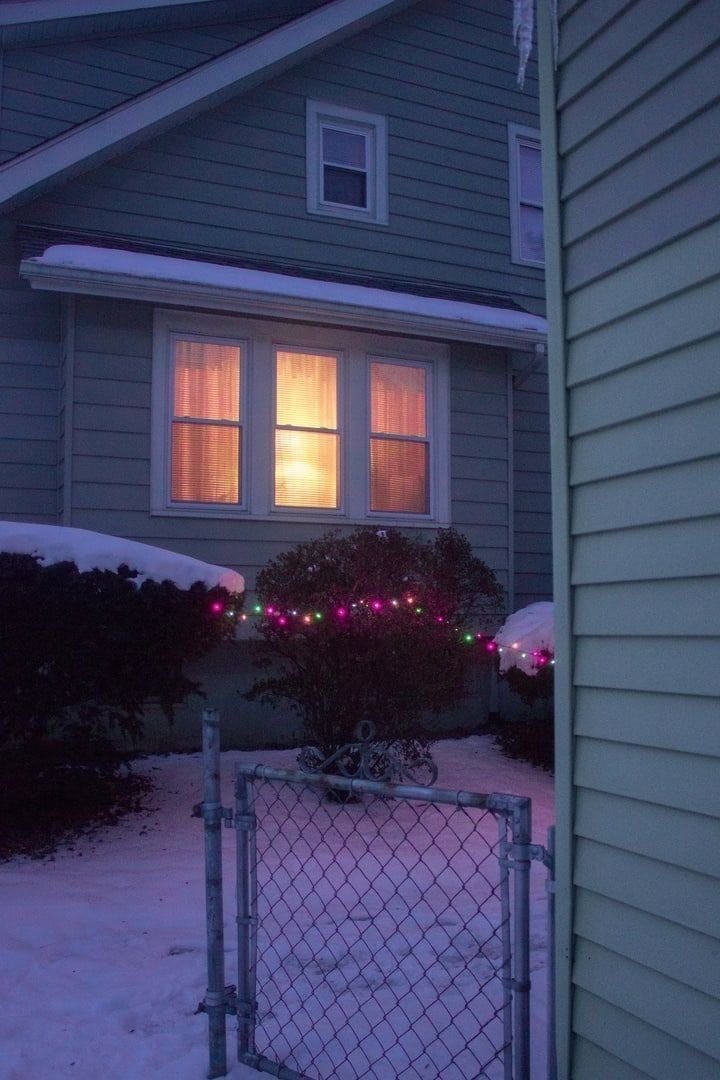

Three years ago, an X account began posting strange, nostalgic images of life in America. These images are often very amateurish, blurry, and seem totally random. Even though the account only posts caption-less images and rarely interacts with other accounts, it has grown to over 70,000 followers, which is no small feat. Something about the aesthetic is undeniably appealing to a good number of people. But what is this aesthetic? Is there any common thread behind these pictures? Breaking the silence, MythoAmerica curator explains in a recent article what he believes to be the unifying theme: the feeling that America is dying.
“All along, the secret behind MythoAmerica is that it is a simulation of the images that are said to flash before our eyes moments before we die.”
Quote of the Month
“It is sometimes so bitterly cold in the winter that one says, `The cold is too awful for me to care whether summer is coming or not; the harm outdoes the good.’ But with or without our approval, the severe weather does come to an end eventually and one fine morning the wind changes and there is the thaw. When I compare the state of the weather to our state of mind and our circumstances, subject to change and fluctuation like the weather, then I still have some hope that things may get better.”
Vincent van Gogh
Word of the Month
Crawmassing
Archaic; the act of picking through holiday leftovers.
Thanks for reading Reality Check! If you have any feedback, please email me.
God bless,
Jonah
You can find the rest of my work here.

